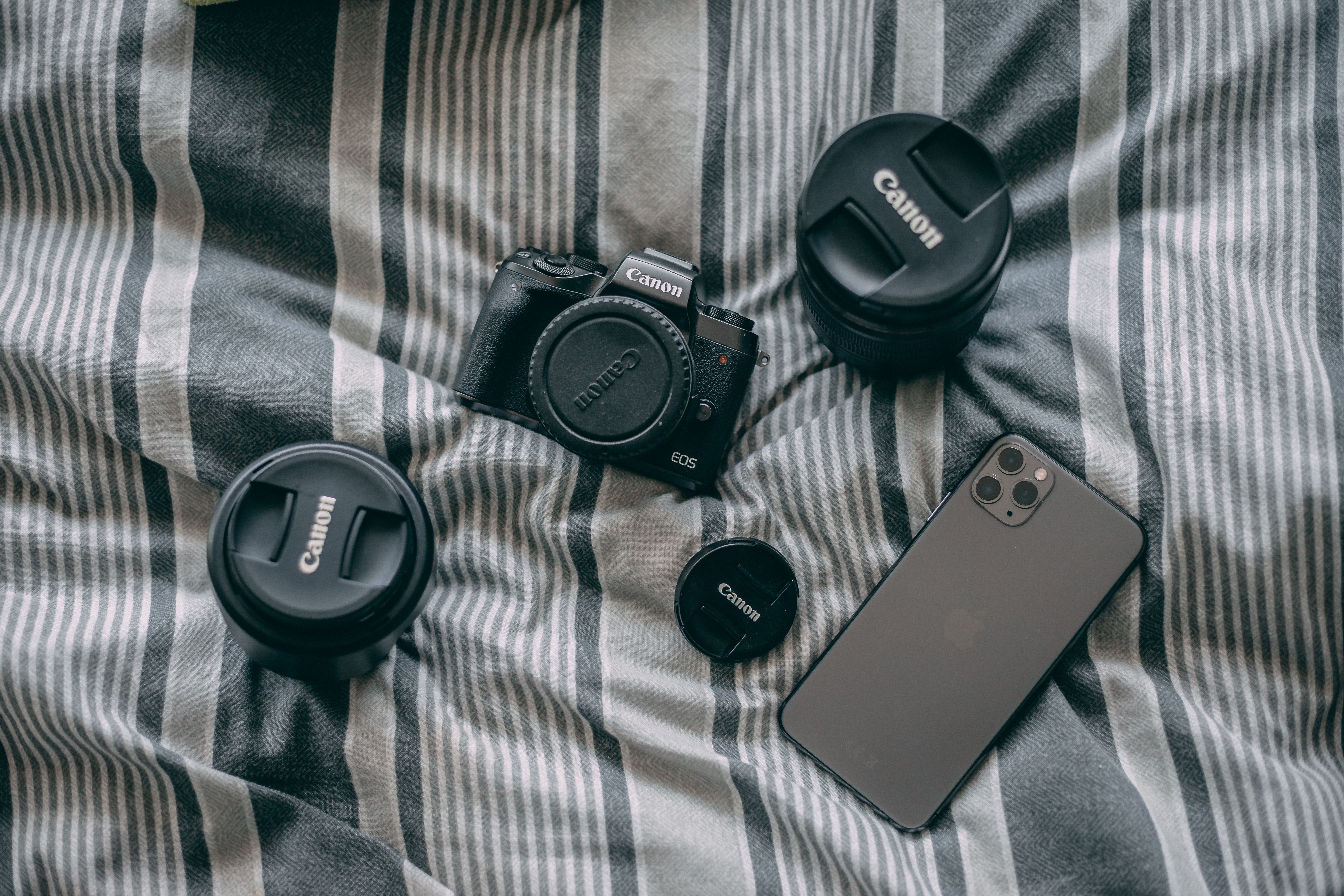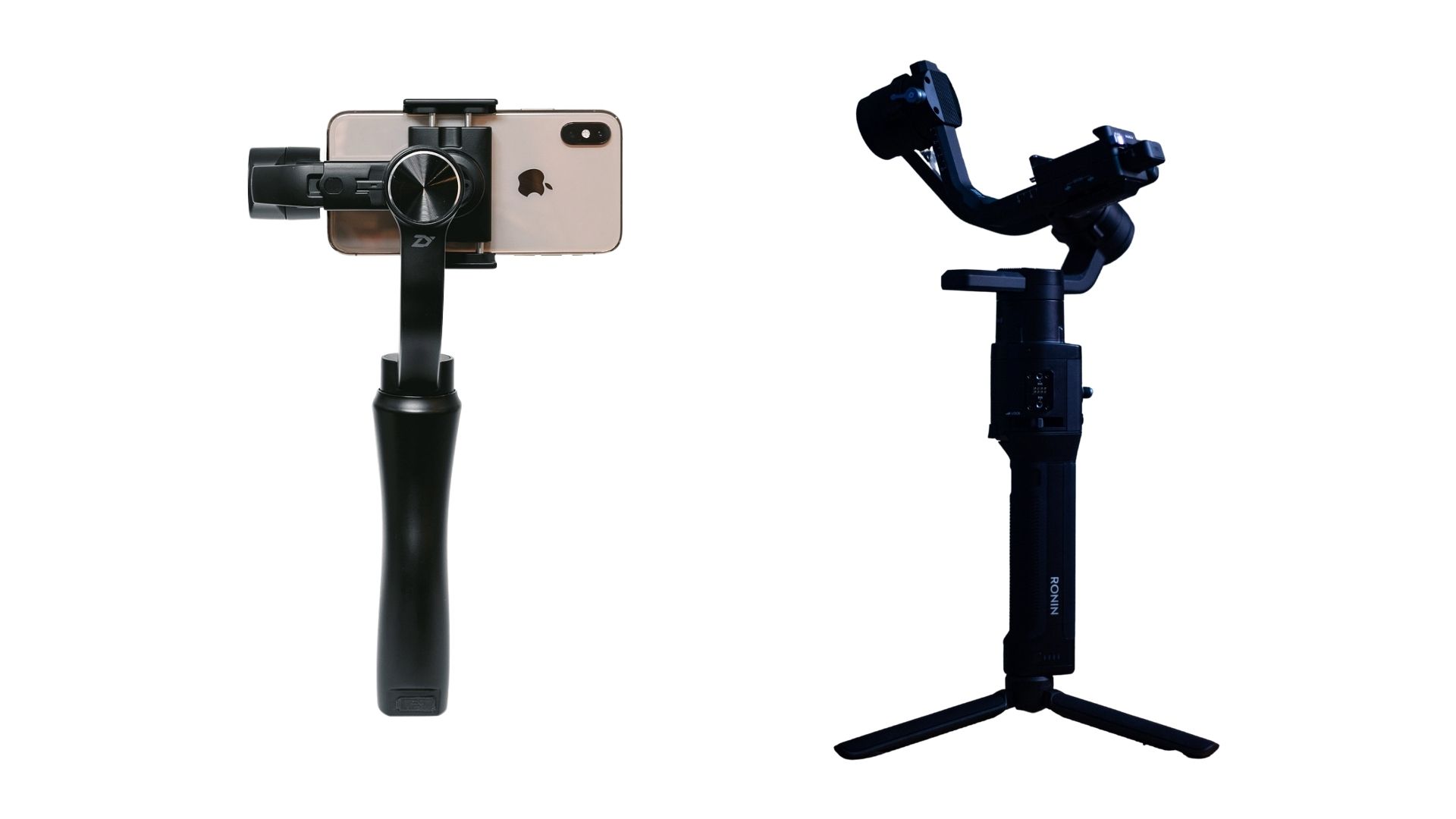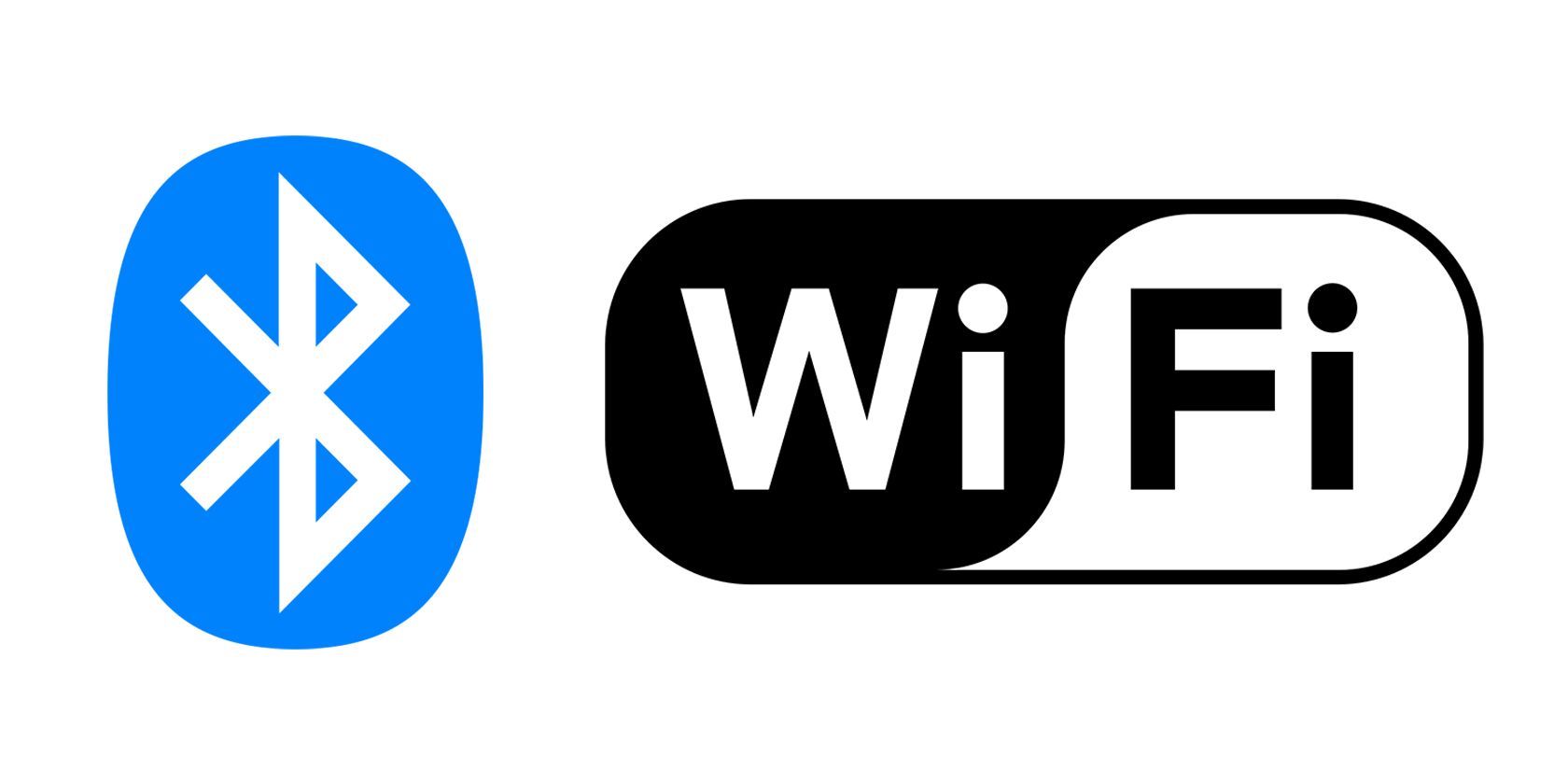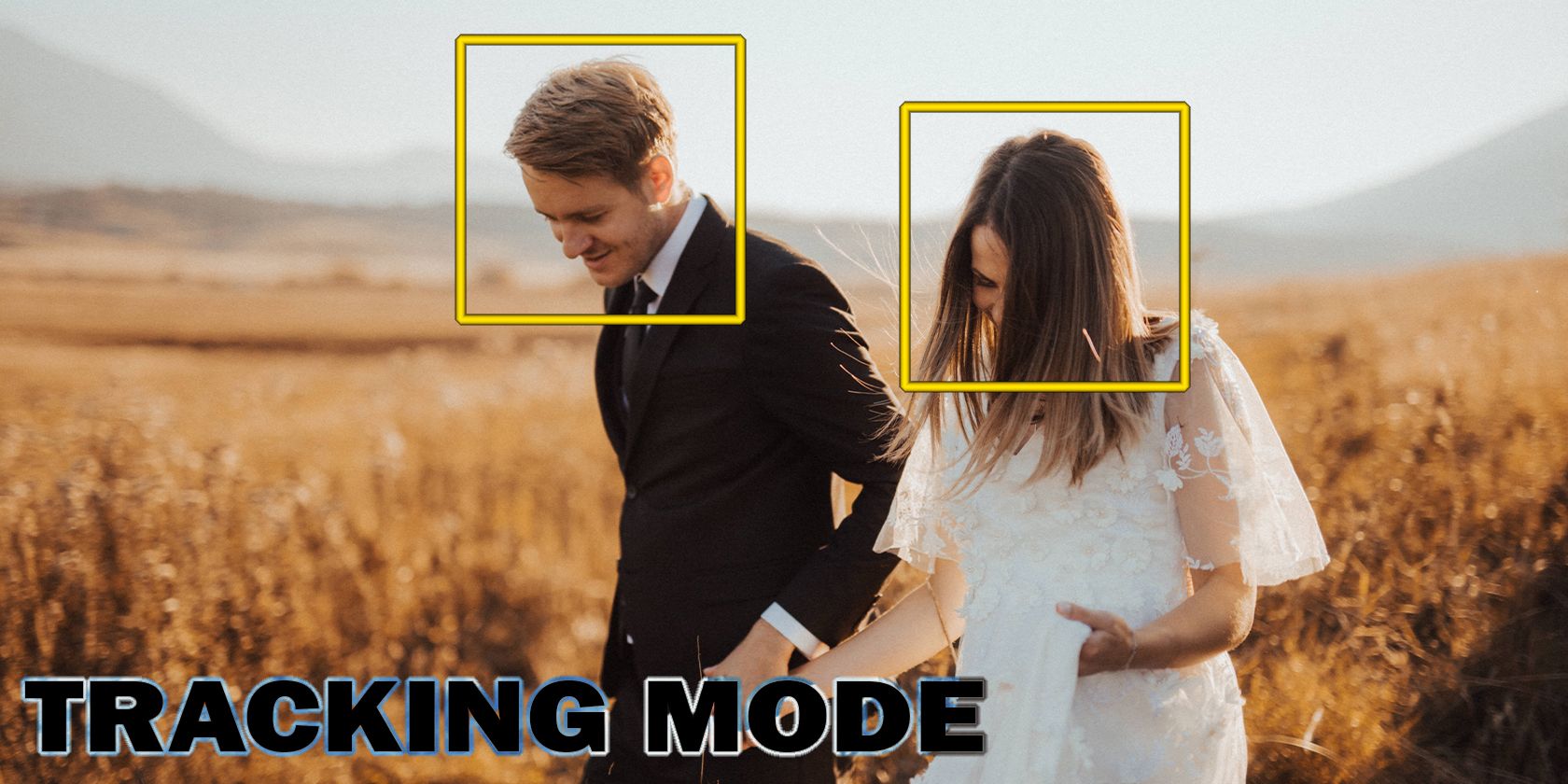A gimbal is a must-have tool for videographers and mobile filmmakers. It allows you to record smooth clips without needing bulky and expensive equipment.
So now that you're looking for a gimbal, how do you know which one is right for you? Look at the specs below to see what matters most to you.
1. Budget
If you're a first-time gimbal shopper, money may be your primary consideration. This is especially true if you're just starting as a videographer or exploring it as a hobby. After all, you wouldn't want to spend too much if you're not experienced enough yet.
Some smartphone gimbals start at less than $40, while premium models could cost more than $120. If you look at gimbals with built-in cameras, the price could go up to $350 or more. And should you want a gimbal that can support your mirrorless or DSLR camera, be prepared to shell out up to $500.
When choosing based on your budget, always look at reviews to see if what you're looking at is a good option. You should also consider your needs—are you planning to use it for dynamic shots or simply for B-roll? If you need it for the former, then you might be better off investing in the more expensive three-axis gimbal.
2. Compatibility

Some gimbals get bad reviews because of compatibility. This is especially true with some gimbals that only work with specific camera models. So, before adding that gimbal to your cart, ensure that it's compatible with the gear you have.
In terms of compatibility, here are some of the things you should keep in mind.
Smartphone or Camera Model
Although many gimbals are compatible with most devices on the market, it's best to check with the manufacturer. There may be cases where the manufacturer hasn't yet created an app for the latest version of iOS, making it inoperable. Or the gimbal itself isn't powerful enough to stabilize wide and thick phones, like the Samsung Z Fold 3 or LG Wing 5G.
Camera Type
If you're planning to expand your gear in the future, you have to consider the camera type the gimbal is designed for. Most smartphone gimbals are designed to work with smartphones only. While you can attach an action camera to some gimbals, there may be some that don't have that option at all.
You can also look at camera gimbals, which can support large DSLR cameras, action cameras, and smartphones. However, these devices are far more expensive than even the priciest smartphone gimbals.
Payload Capacity
If you're planning to add accessories to your smartphone, like a case or an add-on lens, you should look at a more robust gimbal. Some more affordable or older models may have a weight limitation, making it a bit less stable if your device is too heavy.
This is especially true with camera-specific gimbals. The model you choose may be designed for a mirrorless camera, so if you install a DSLR on it with a heavy pro-grade lens, then it might not function properly.
3. Two-Axis or Three-Axis?

Gimbals generally come with two stabilization options: two-axis or three-axis. Two-axis gimbals stabilize your camera's tilting and rolling motions, while three-axis gimbals will also stabilize the turning or panning motion.
If you're planning to shoot primarily in the studio or capture inanimate objects, a two-axis gimbal may be sufficient for you. But if you're planning to take dynamic video, like while you're running or riding in a car, then a three-axis gimbal is a must.
4. Battery Type and Battery Life
This is another consideration, especially if you're planning to travel a lot or shoot all day long. If you're constantly traveling, you may want to consider carrying spare batteries around with you. It would also be useful if your gimbal has an adapter to take standard AA or AAA-size batteries. This is because these batteries are readily available in convenience stores worldwide.
It would also be great to have a gimbal that can last a day or two of shooting with only two or three battery packs. That way, you don't have to carry around extra weight just to ensure you don't run out of juice in the middle of a shoot.
5. Connectivity

You may also want to consider connectivity options when you're choosing a smartphone gimbal. Since your phone or camera is sitting on the gimbal platform for stabilization, it will be disturbed if you manipulate its controls.
For this reason, your gimbal must have multiple connection options. While most smartphones will accept both Wi-Fi and Bluetooth connections, there are camera models which only have one or the other. Furthermore, some devices, like Apple smartphones, can have difficulty connecting via Bluetooth.
6. Accessory Mounts
If you're planning to shoot in various locations where you need to have on-camera lighting, a microphone, or even an external LCD, your gimbal should have mounts for them. That way, it's more convenient for you to shoot, and you don't need an assistant to carry other accessories.
Some gimbals also have tripod mounts or built-in legs. So if you need to set it down while you're shooting, you can safely do so.
7. Other Features

There may be some scenarios that you will need to look at a gimbal's other features. Some gimbals allow you to automatically track your subject and keep them in the camera frame. This is especially helpful if your subject moves around a lot. You can keep your clip smooth while ensuring that what you're recording won't leave the frame.
And if you need to record in adverse weather or even underwater, you must look for gimbals with water resistance ratings. There are even some gimbals that have the same environmental protection rating as the GoPro Hero cameras.
This way, you're sure that whatever environment you expose your GoPro to, your gimbal will withstand the same. You are assured of a steady, professional clip, whether you're running under heavy rain, going down some rapids, or even swimming underwater.
Find the Best Gimbal for Your Needs
There's no single best gimbal for everyone. It will always depend on your budget, application, and equipment. So before you make a purchase, you should take stock of what you have. That way, you can choose the best gimbal that will fit your shooting style.